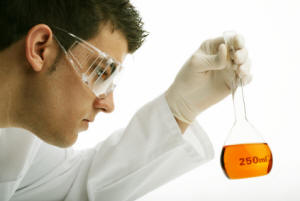TREATMENT OPTION FOR IMPETIGO
The aim of treatment is to speed up healing, improve the skin's appearance and prevent complications and the spread of infection. Treatment will depend on the type of impetigo and the severity of symptoms.
Mild infections - a doctor may opt for just hygienic measures. This means keeping the skin clean.
Topical antibiotics - antibiotics which are applied directly onto the skin. The doctor may prescribe mupirocin ointment (Bactroban). Before applying the ointment scabs need to be gently removed so that the antibiotic can get deep into the skin.
It is important to first wash affected areas of skin with warm, soapy water before applying the topical antibiotic. If possible, use latex gloves when applying the cream. Afterwards wash your hands thoroughly. The patient should respond to treatment within seven days.
Oral antibiotics - these are swallowed and are prescribed when the impetigo is more widespread or if the patient has not responded to topical antibiotics. The type of antibiotic depends on the severity and type of infection, as well as other factors, such as the patient's medical condition and whether he/she has any allergies.
A course of antibiotics usually lasts about 7 days. It is important to complete the course, even if symptoms clear up early.
Antibiotics may have the following side effects, which usually disappear within a few days:
Stomachache
Nausea
Diarrhea
Yeast infections, such as thrush (in women)
A child can go back to school 48 hours after antibiotic treatment started, or when the sores have crusted and healed.


